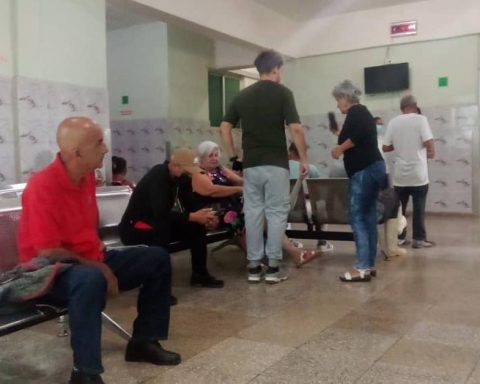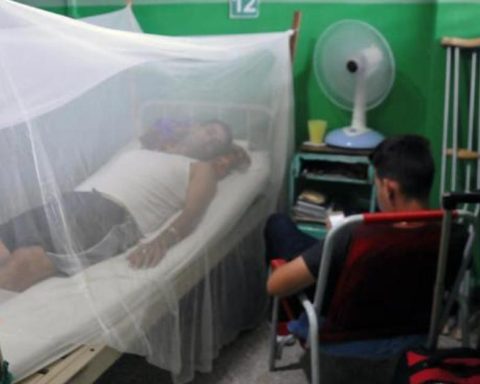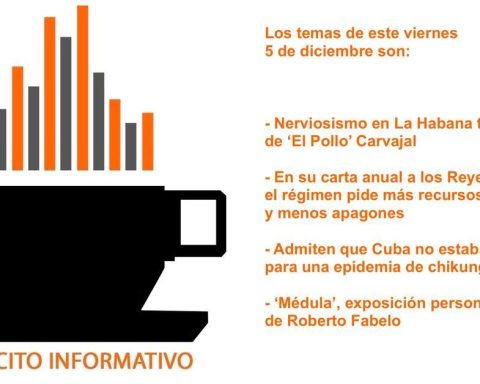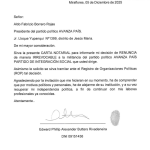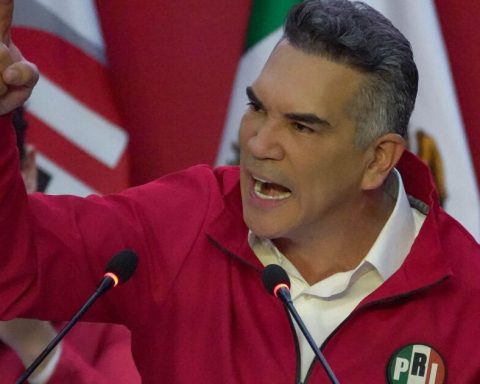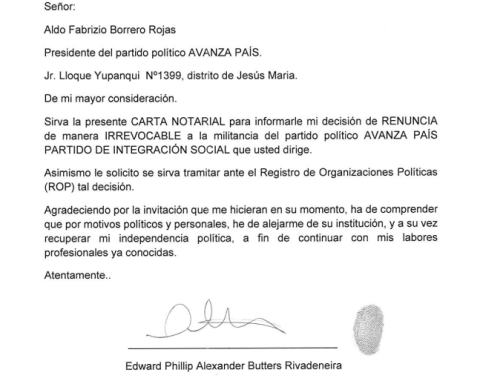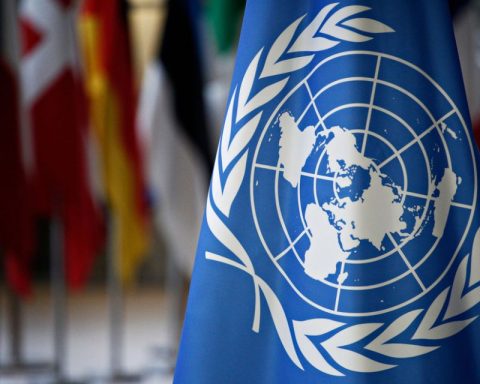Contrary to what happens internationally, the charge for financial services represents less than 14% of what Ecuadorian banks invoice.
The utilities of the private banks they totaled $ 339’238,130 in 2021. That amount represented an increase of 65% compared to the $ 205’034,790 reached in 2020. One of the main criticisms of the sector is that it earns too much at the expense of citizens’ pockets.
Thus, for example, Antonio Romero, a civil engineer, through his Twitter account expressed that, “a large part of the banking business is in the huge difference between the rate paid for the deposits and what they charge with credits. They could reduce that margin, earn less and help with financing so that more people can get out of the crisis ”.
This type of analysis has become common, both in the networks and in the street, since the President of the Republic, Guillermo Lasso, make a public call for the financial institutions lower your interest rates.
Financial intermediation
From the Association of Private Banks (Asobanca), upon consultation with LA HORA, it was recognized that 86.3% of the income comes from financial intermediation; that is, to capture deposits and place credits; only 13.7% comes from charges to be granted financial services.
“Worldwide the trend is the opposite; In other words, income from financial services receipts is usually higher than those generated by financial intermediation. In addition, it should be noted that in Ecuador 80% of transactions for financial services They are free and the rest have rates set by the regulatory authority, which is the Financial Board, ”said the sector union.

Do banks charge a lot and pay little?
Although nearly $ 9 out of every $ 10 of the bank income come from loans that they grant, that income is not the result of having a wide margin of financial intermediation.
This margin, also known as “spread”, is the differential between the passive interest rate and the active rate; in other words, the interest rate that banks charge for granting loans to clients, minus the interest rate paid by banks to savers for capturing deposits.
On an international scale, the spread is calculated as the difference between the reference lending rate (average of all the rates charged) and the reference deposit rate (average of all the rates they pay).
As of December 2021, the passive rate reference is 5.91% and the active rate The benchmark is 7.44%, so the spread is 1.53 percentage points.
Aurora Vinueza, an economist with a specialization in financial auditing, explained that the gain of the banks is lower than you might think, although the spread varies between the thirteen different segments of credit that currently work.
“The rates are not an imposition of the banks, but the result of a series of costs involved in the process of granting a loan. It is not the same to give financing to a company with years of operation than to an entrepreneur, “he said.
According to Asobanca, the interest rate represents the cost of money over time and includes several components:
- The rate that must be paid to depositors (passive rate) and the rate that is paid to obtain loans from other organisms and thus place credits to his clients.
- Risk premium for each client.
- Taxes (tax burden that in the case of Ecuador considers specific taxes for the financial system, in addition to those of the rest of the activities).
- Operating costs (employees, agencies, security, IT infrastructure, credit monitoring and tracking).
Interest rates are not lowered by decree or will
When price controls are imposed in any market, what happens is that production is reduced, because the prices imposed do not cover the real costs of production. This also occurs in the Finance system, due to the controls or ceilings imposed on the interest rates.
However, national and international technical studies show that controlling and reducing interest rates artificially, that is, without being for market reasons but through regulatory decisions, it excludes those with a higher risk profile from the possibility of accessing credit and perpetuates their informality by not allowing them to form their credit history .
According to a Weekly Analysis study, published on December 7, between 2007 and 2019 the number of operations of credit it decreased by 0.6%, on an annual average, while the average amount in dollars rose by 10.1%. This means that the setting of rates led to financial exclusion, because the rates do not cover the real cost of granting loans.
Fixing ceilings affects microcredit
A study carried out by the Network of Development Finance Institutions (RFD) indicates that rate ceilings have mainly affected the microcredit segment. Since rate ceilings were imposed, the study says, the number of microcredit operations has fallen steadily. (JS)
En los últimos tres años, los bancos ecuatorianos han establecido altos niveles de reservas (200% sobre su cartera vencida), lo que reduce su utilidad
El nivel de crédito vigentes, que han sido entregados por los bancos, equivale al 30,63% del Producto Interno Bruto (PIB) o más de $30.600 millones



